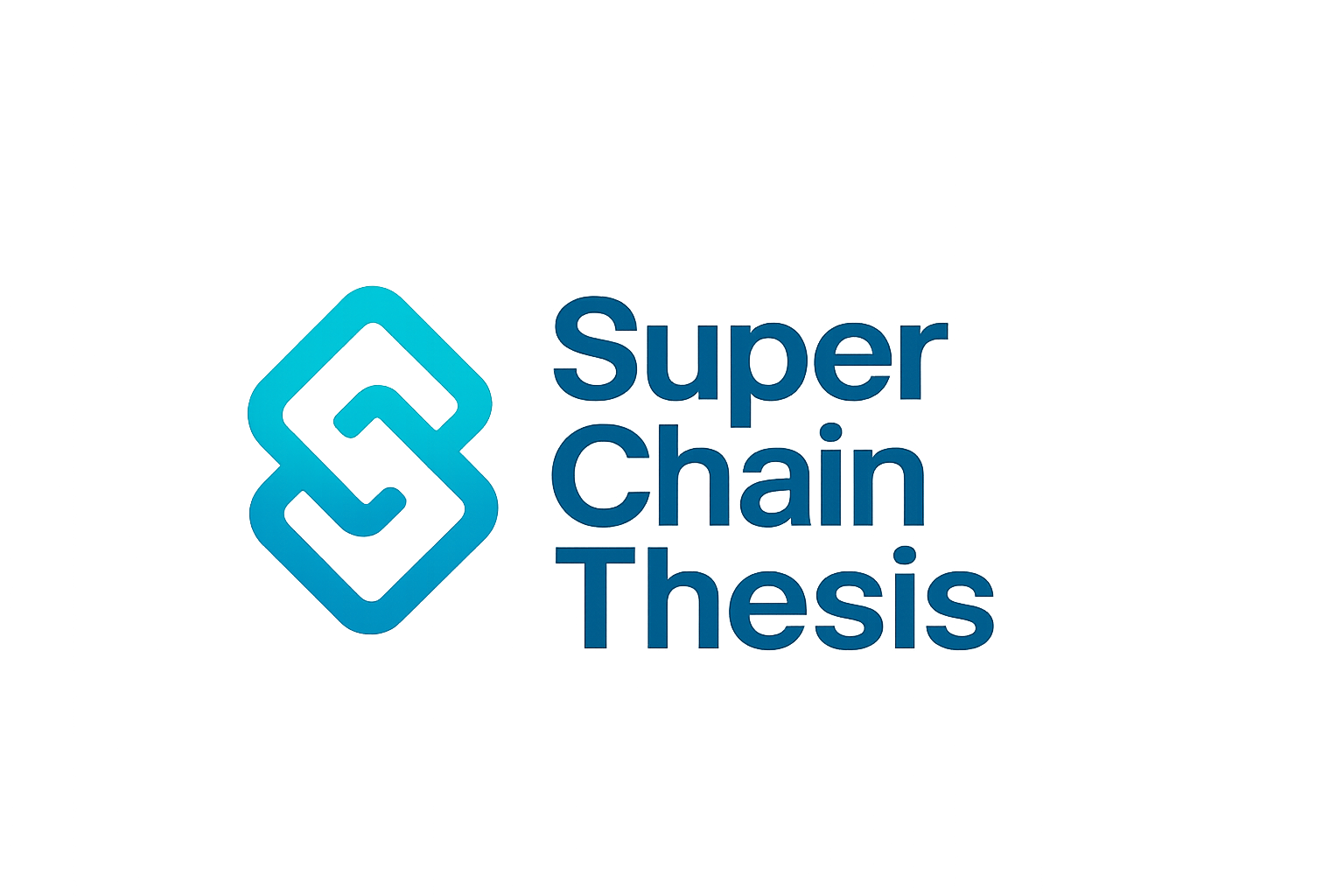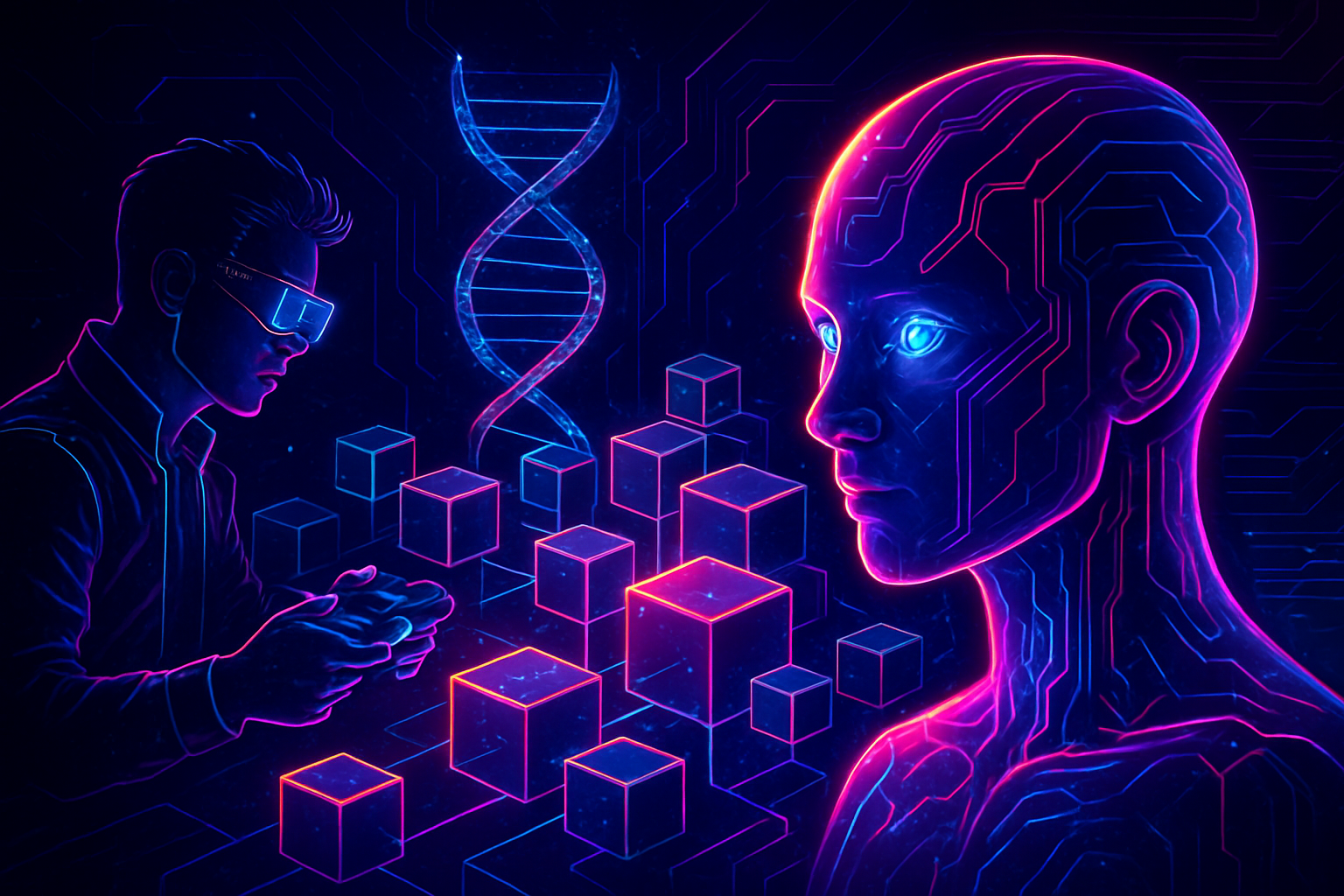
Web3 gaming is at a turning point, with AI-native superchains rapidly redefining what’s possible for both developers and players. Among the most ambitious projects leading this charge is the Genome Protocol, whose GameFAI Superchain demonstrates how artificial intelligence and blockchain can work in tandem to create smarter, more rewarding gaming ecosystems. This new paradigm is not just about incremental improvements – it’s a complete reinvention of how games are built, played, and monetized on-chain.

AI-Native Superchains: The Foundation for Intelligent Gaming
The emergence of AI-native superchains marks a significant evolution in blockchain infrastructure. Unlike traditional networks, these superchains are designed from the ground up to support modular AI components and seamless interoperability across multiple chains. The Genome Protocol’s GameFAI Superchain exemplifies this approach by offering a vertically integrated stack where AI isn’t just an add-on, but a core part of the platform’s DNA.
This architecture enables real-time data flow between games, AI agents, and players. For example, Genome’s infrastructure allows for dynamic game mechanics that adapt in real time based on player behavior or protocol-wide analytics. The result? Games that feel alive – constantly evolving to challenge players while rewarding skill and engagement in ways never before possible.
Key Innovations Powering Web3 Gaming Superchains
Top Innovations of Genome Protocol’s GameFAI Superchain
-
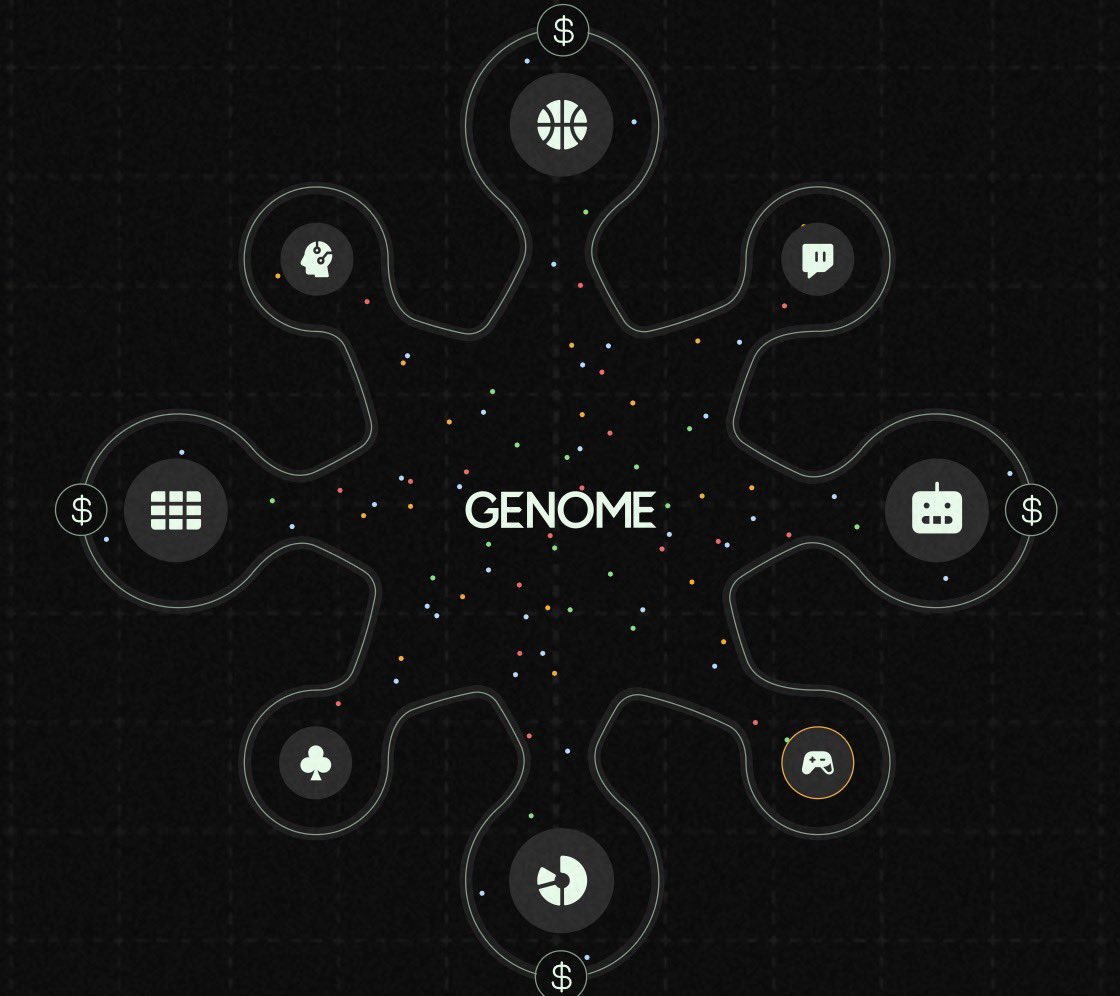
AI-Driven Gameplay Enhancement: GameFAI introduces AI agents that analyze player performance, refine strategies, and automate tasks like resource farming and play-to-earn mechanics, creating smarter and more dynamic gaming experiences.
-
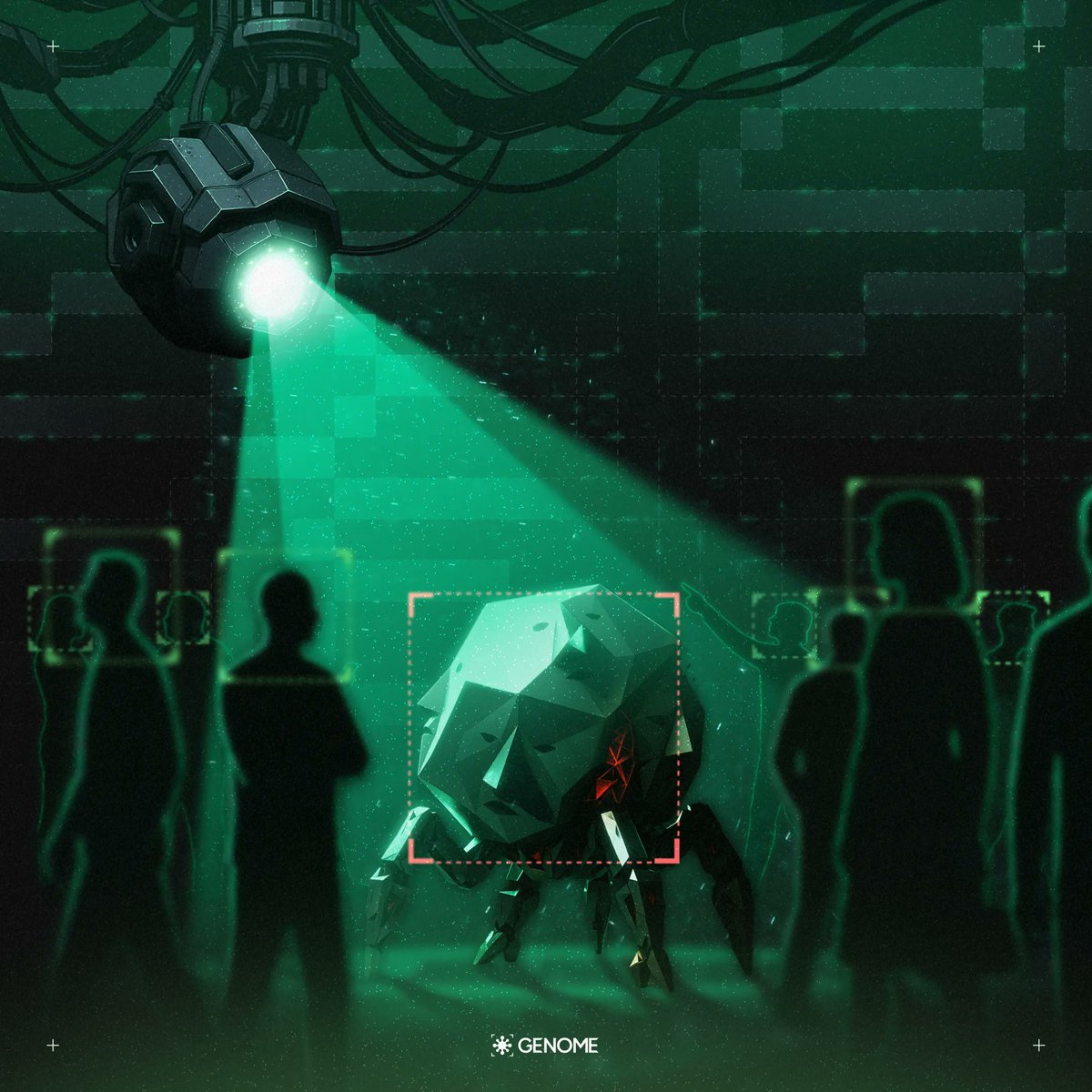
Omnichain Engagement Engine: The Genome Edge platform enables seamless participation across EVM, Solana, Move, TON, and TRON blockchains, boosting accessibility and interoperability for players worldwide.
-
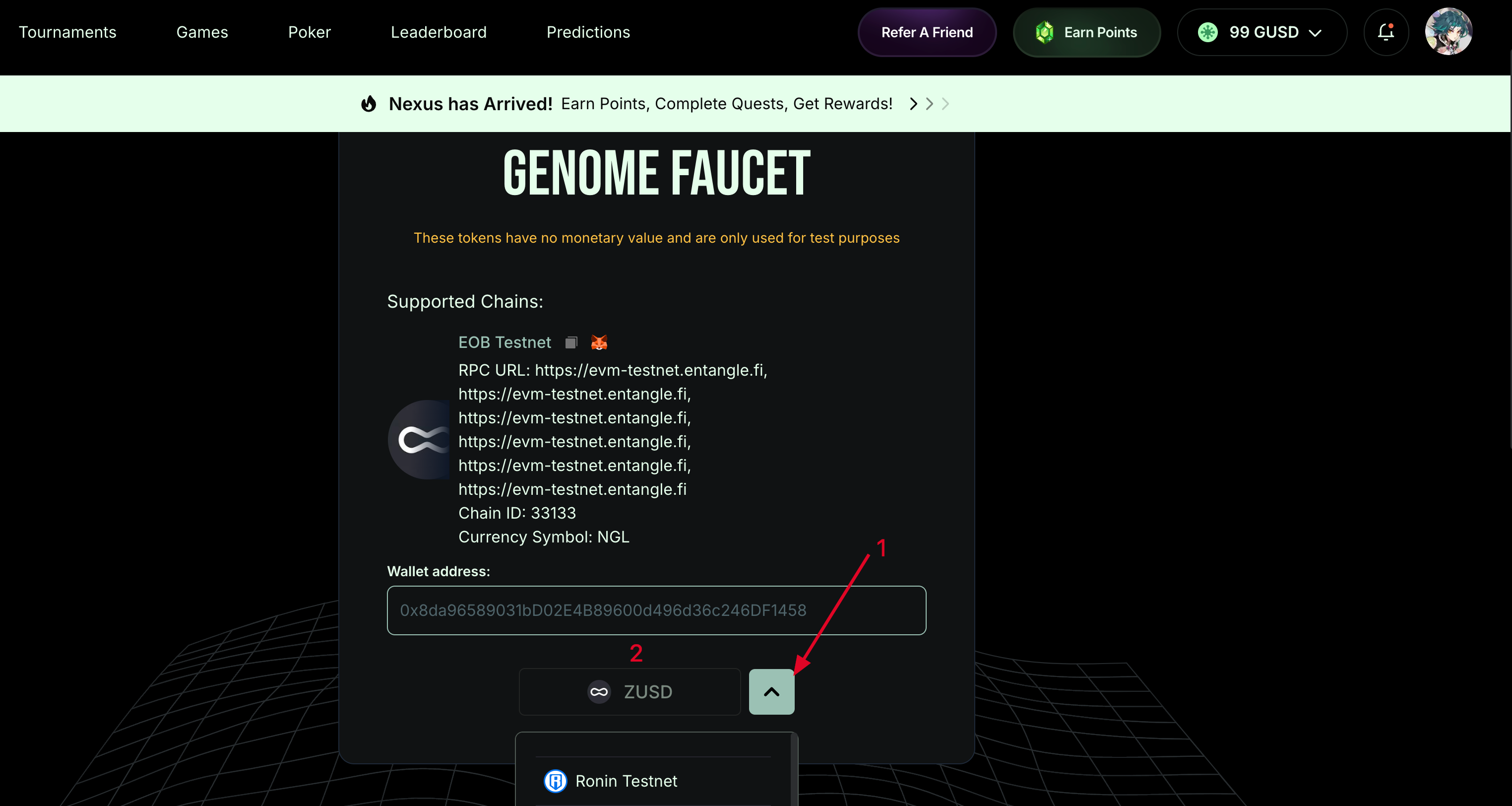
Equitable Monetization & On-Chain Rewards: GameFAI offers transparent, trustless on-chain incentivization, allowing users to earn, rent, or sell AI agents as virtual coaches, analysts, or autonomous players—turning skills and strategies into tradable assets.
-
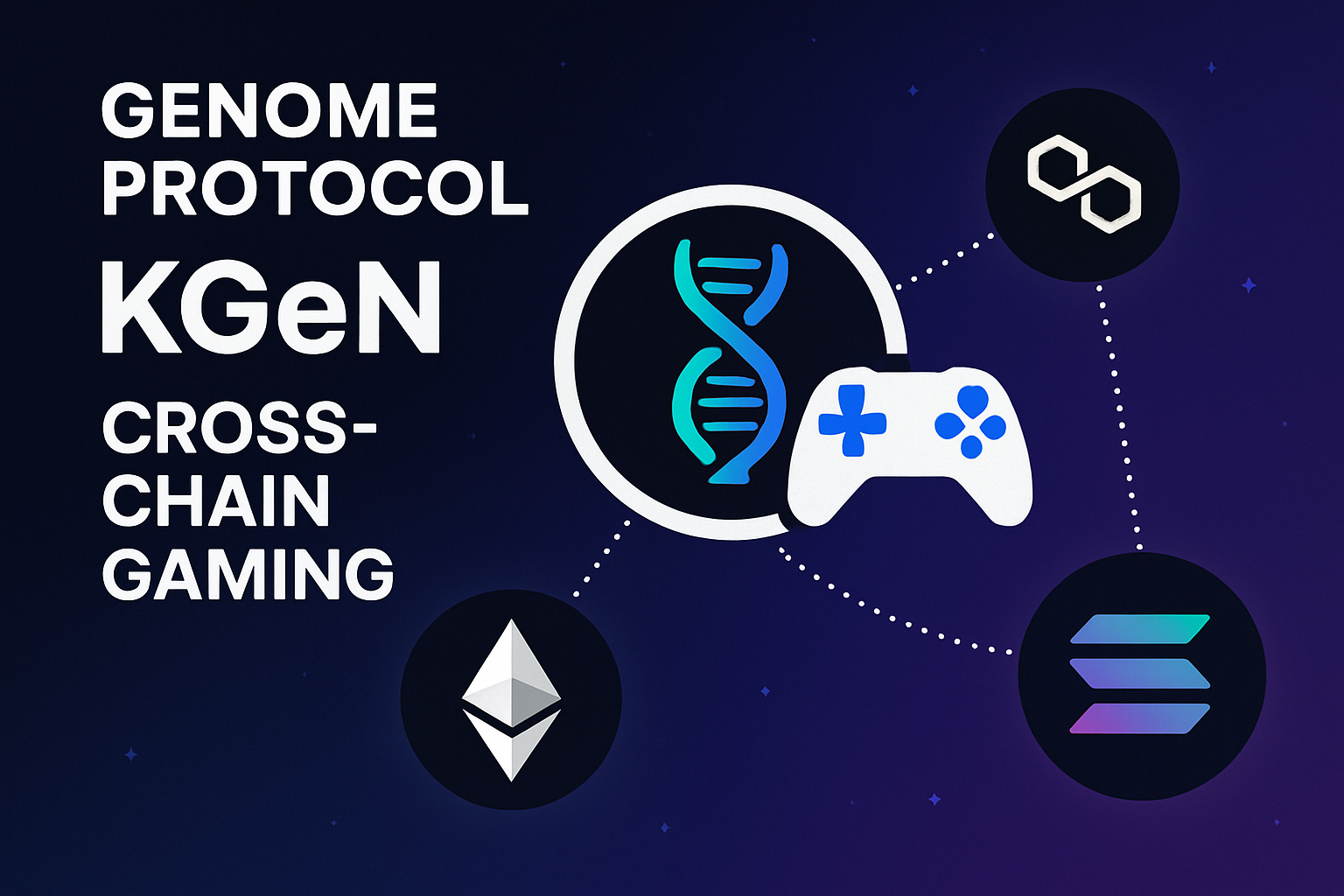
Cross-Chain Interoperability: Through collaborations like KGeN x Genome, players enjoy cross-chain compatibility for in-game assets and rewards, enabling frictionless tournaments and a unified gaming economy.
-

AI-Powered Engagement & Autonomous Competition: The integration of AI-driven prediction markets and autonomous AI agents enhances competition with adaptive difficulty, real-time opponent adjustments, and smart matchmaking.
-
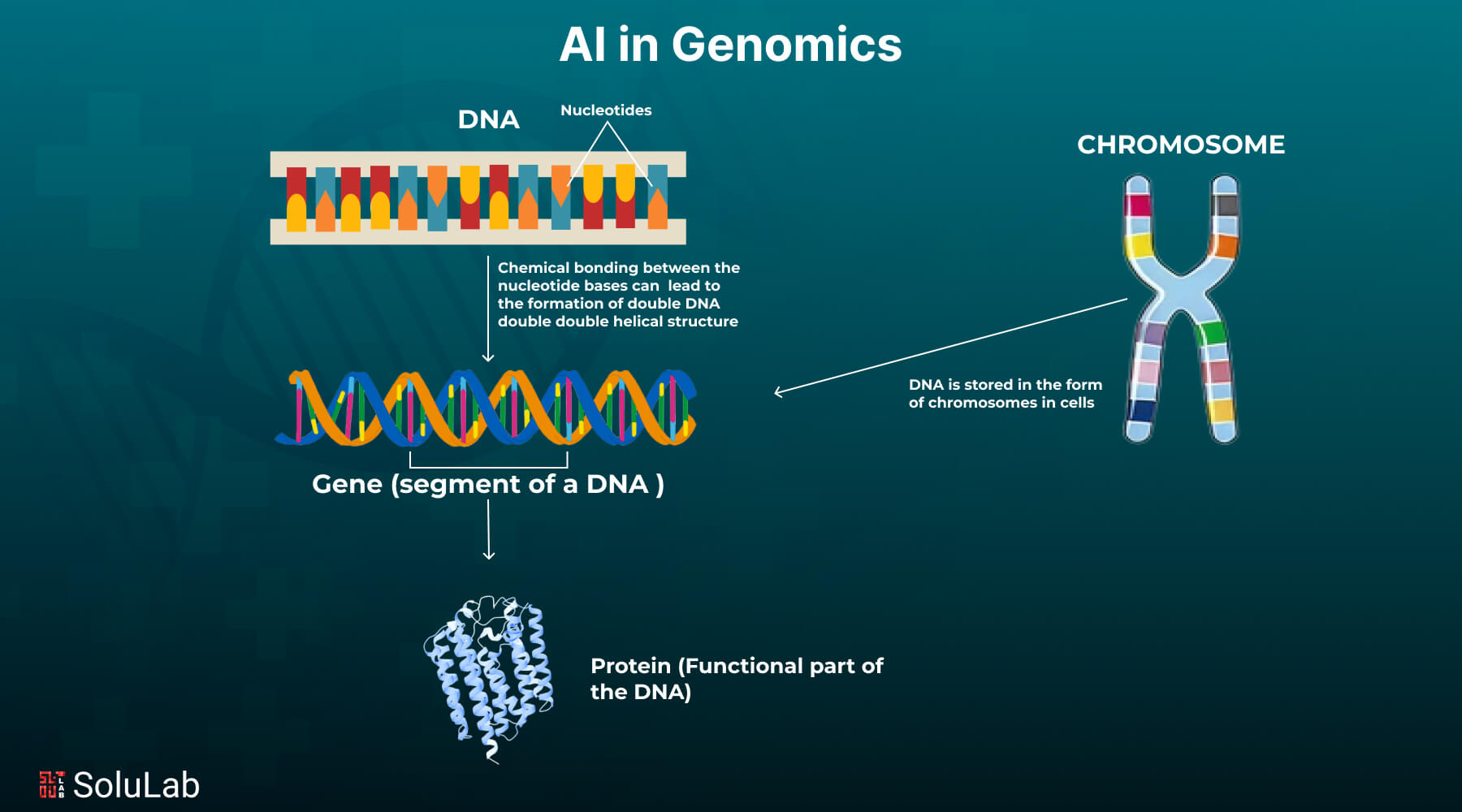
Real-Time Engagement Analytics: Genome provides advanced tools to connect and analyze user behavior, engagement signals, and protocol inputs across chains, empowering data-driven player retention and growth strategies.
The GameFAI Superchain brings together several groundbreaking features:
- AI-Driven Gameplay Enhancement: AI agents analyze player performance, automate resource management, and even participate as autonomous competitors. This not only raises the skill ceiling but also creates opportunities for new play-to-earn strategies.
- Omnichain Engagement Engine: Through Genome’s Edge platform, gamers can participate across EVM chains, Solana, Move-based networks, TON, and TRON without friction. This cross-chain capability breaks down silos and expands access to global audiences.
- Equitable Monetization: On-chain incentives allow players to earn $NOME tokens transparently. From renting out skilled AI agents as virtual coaches to trading unique strategies as NFTs, every action can become a revenue stream.
- Cross-Chain Interoperability: Partnerships like KGeN enable seamless movement of assets and rewards between blockchains – creating unified economies where reputation and achievement are portable.
- Real-Time Analytics: Developers gain actionable insights into user engagement across campaigns and chains. These analytics drive smarter retention strategies while giving players more personalized experiences.
This modularity is powered by the OP Stack – an open-source framework that underpins many leading superchain rollups – ensuring security and scalability without sacrificing flexibility or composability.
The New Economics of On-Chain Gaming Incentives
The fusion of AI with superchain architecture has unlocked entirely new economic models for Web3 gaming. In Genome Protocol’s ecosystem alone, there is a total allocation of 50 million $NOME tokens, distributed through transparent on-chain mechanisms that reward both gameplay excellence and creative contributions (see official announcement). Players aren’t just consumers; they’re stakeholders who can monetize their skills by deploying or renting out custom-trained AI agents as analysts or competitors across multiple games.
This system levels the playing field by enabling fair compensation regardless of geography or prior reputation. Every move is recorded on-chain for full transparency – fostering trust between developers, players, and third-party service providers alike.
Beyond direct gameplay rewards, the AI-native superchain model empowers a new generation of user-driven economies. Players can own, upgrade, and trade AI agents as NFTs, each with unique attributes and historical performance data. These assets are not locked to a single game or chain; thanks to Genome’s omnichain architecture, they travel seamlessly across the entire superchain ecosystem. This portability is crucial for building persistent reputations and unlocking advanced monetization strategies.
The on-chain gaming incentives go even further by supporting dynamic prediction markets and autonomous tournaments. Imagine AI-powered leagues where bots compete on behalf of their owners, with real-time analytics driving adaptive difficulty and matchmaking. This isn’t just theory, Genome’s infrastructure already supports these advanced use cases, making Web3 gaming more interactive and competitive than ever before.
“Genome Protocol’s approach is setting a benchmark for what’s possible in decentralized gaming, combining AI innovation with transparent, trustless incentives. ”
Developer Opportunities: Building on the GameFAI Superchain
For developers, the GameFAI Superchain represents an open playground for experimentation. The modular OP Stack foundation allows teams to plug in custom AI models without compromising scalability or security. Studios can launch games that leverage shared liquidity pools, interoperable assets, and cross-chain player bases from day one. Genome’s developer tools also provide deep analytics on user engagement, enabling rapid iteration and personalized game loops.
This composability is opening doors for smaller studios and indie creators who would otherwise struggle to access advanced infrastructure or global audiences. By lowering technical barriers while ensuring robust security through superchain rollups, Genome is democratizing the future of online gaming.
What Sets Web3 Gaming Superchains Apart?
Traditional Blockchain Games vs. AI-Native Superchains
-
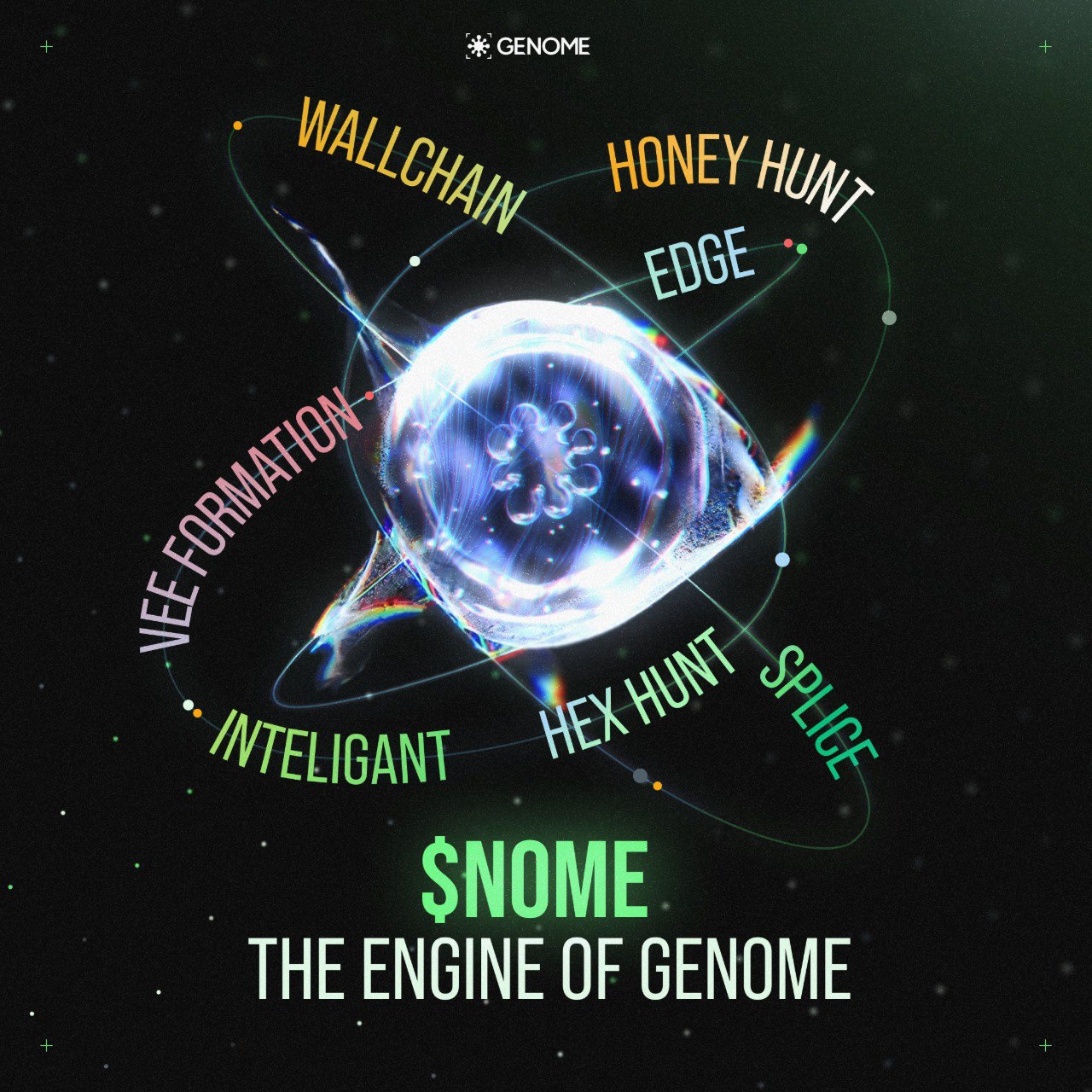
Static Game Mechanics vs. AI-Driven Gameplay: Traditional blockchain games often feature fixed rules and limited adaptability, while AI-native superchains like Genome Protocol introduce AI agents that analyze player behavior, refine strategies, and automate tasks for more dynamic and personalized gaming experiences.
-

Single-Chain Limitations vs. Omnichain Engagement: Conventional blockchain games typically operate on a single chain, restricting player access and asset movement. In contrast, Genome’s Edge platform enables seamless participation across multiple blockchains, including EVM, Solana, Move, TON, and TRON, enhancing accessibility and interoperability.
-
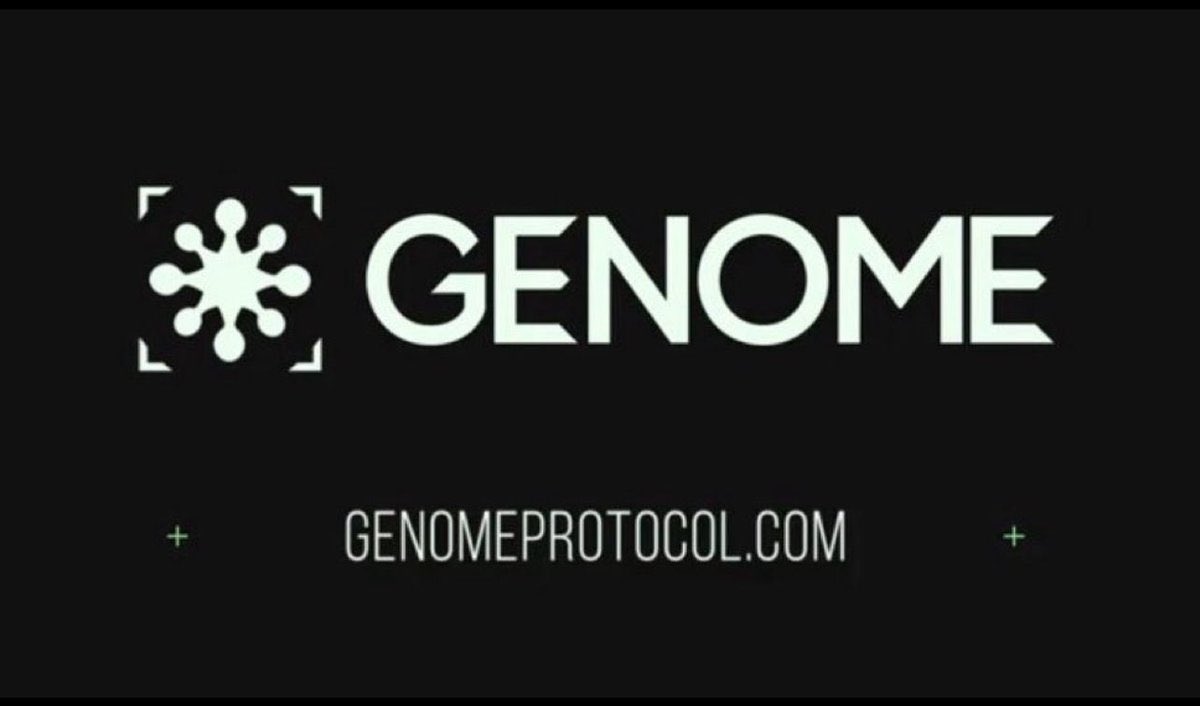
Basic Monetization vs. Equitable On-Chain Rewards: Traditional models rely on simple play-to-earn or NFT sales. AI-native superchains like Genome offer transparent, on-chain incentivization, allowing users to earn, rent, or deploy AI agents as virtual coaches or autonomous players, transforming skills into tradable assets.
-

Isolated Assets vs. Cross-Chain Interoperability: Traditional games often lock assets to a single ecosystem. Genome Protocol, through partnerships like KGeN, enables cross-chain compatibility for in-game assets and rewards, allowing players to compete and trade across multiple blockchains.
-
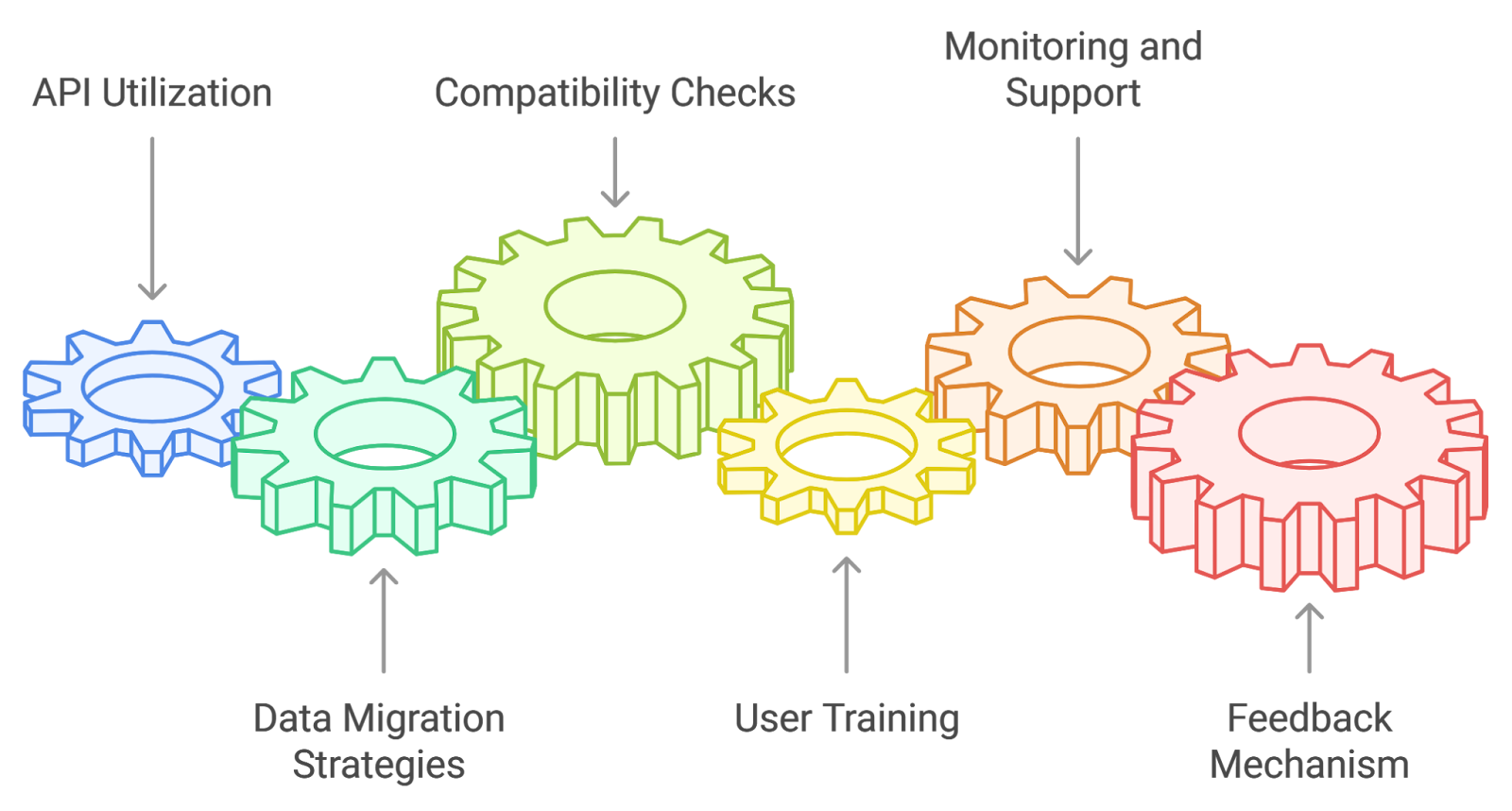
Manual Competition vs. AI-Powered Autonomous Play: Legacy blockchain games depend on manual player actions and static matchmaking. Genome’s AI-native superchain introduces autonomous AI agents, adaptive difficulty, and real-time prediction markets for smarter, more interactive competition.
-
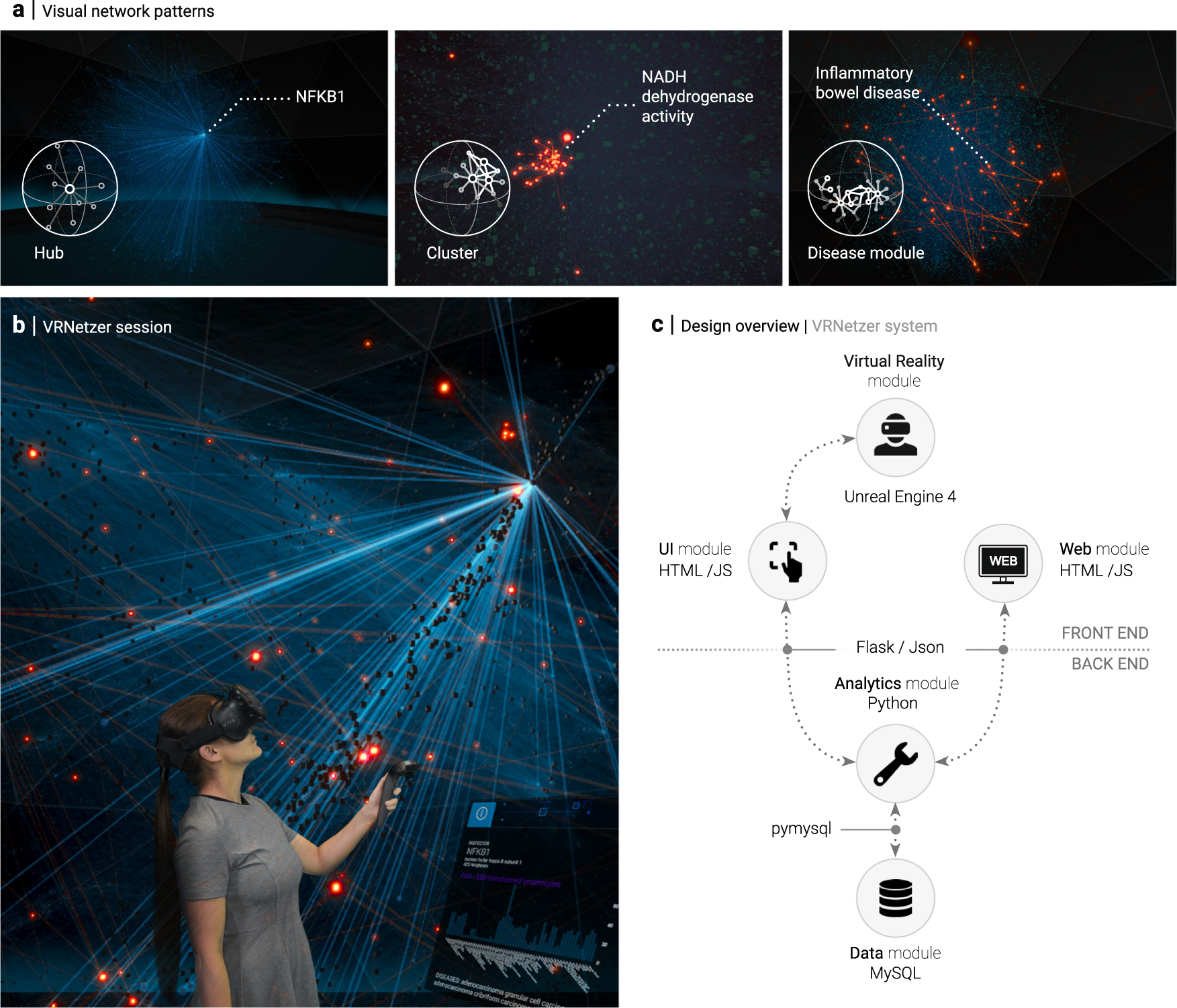
Limited Analytics vs. Real-Time Engagement Insights: Traditional games offer basic metrics, while Genome provides real-time analytics tools to track user behavior and engagement across chains, empowering developers to optimize retention and gameplay strategies.
The shift towards AI-native superchains like Genome Protocol signals a broader trend within the OP Stack gaming landscape: interoperability as a core value proposition. No longer are ecosystems siloed by technology or token standards, players interact across chains, assets move freely, and value accrues transparently wherever engagement happens.
This evolution is accelerating adoption among both gamers seeking richer experiences and developers aiming for scalable go-to-market strategies. As more projects adopt similar architectures, leveraging modular rollups, dynamic on-chain incentives, and real-time analytics, the boundaries between Web2 and Web3 gaming will continue to blur.
The Road Ahead: Interconnected Intelligent Economies
The promise of Web3 gaming superchains lies in their ability to create interconnected economies where intelligence is programmable, ownership is sovereign, and opportunity is open to all participants. With platforms like Genome Protocol at the forefront, backed by robust partnerships (such as KGeN) and a growing allocation of $NOME tokens, the foundation for this new era has already been laid.
If you’re building or playing at the intersection of AI and blockchain, pay close attention to how these superchains are redefining what’s possible, not just for games but for all digital economies built on trustless infrastructure.
